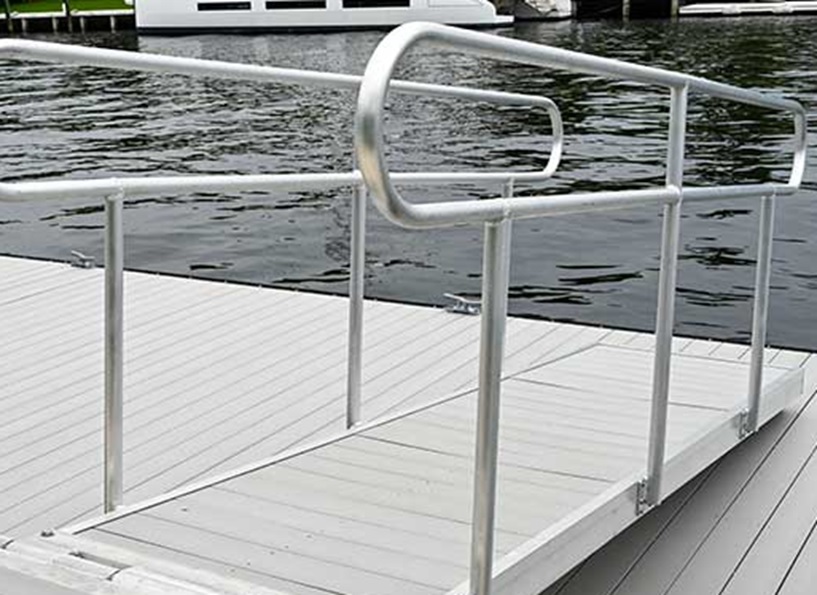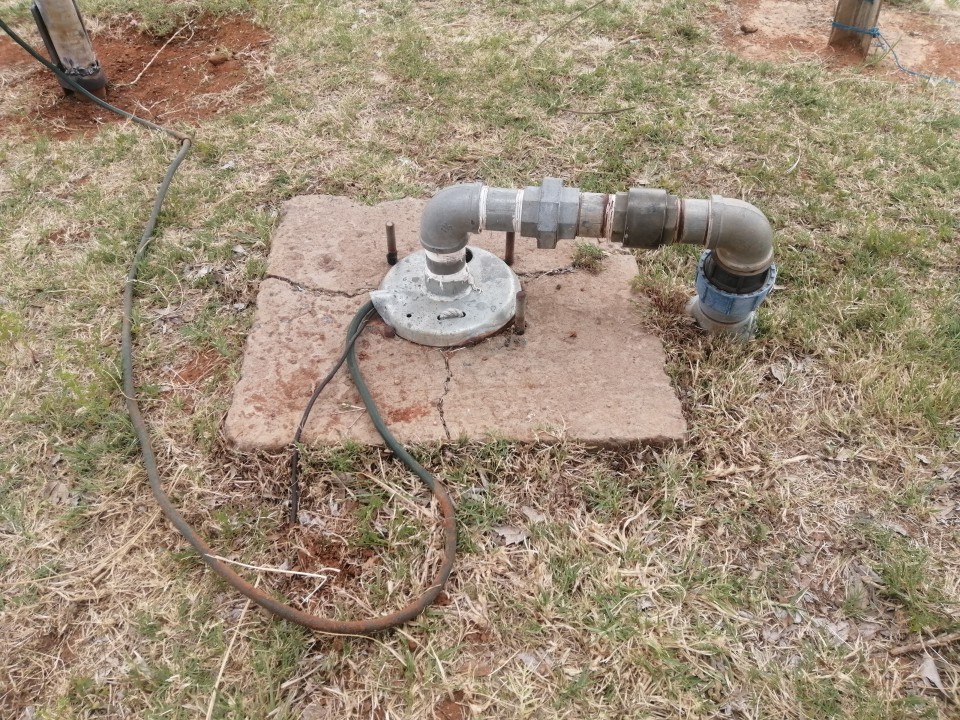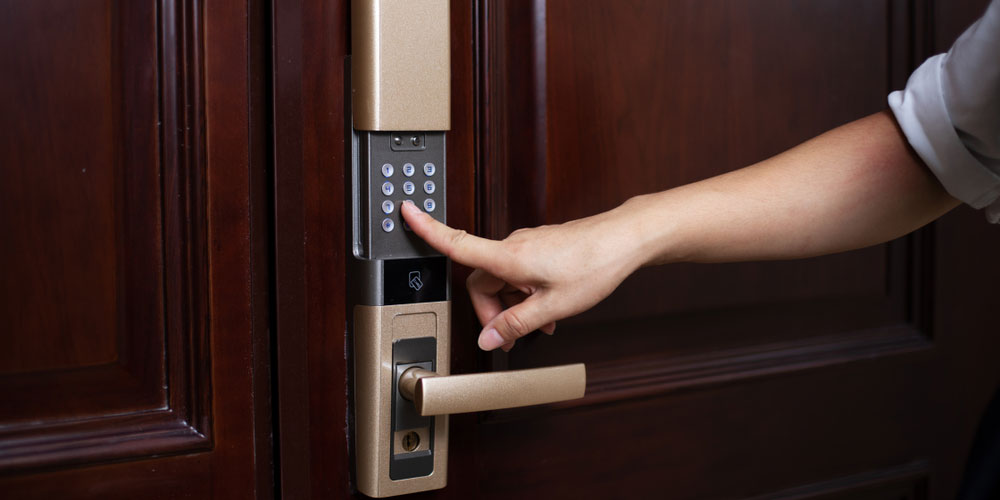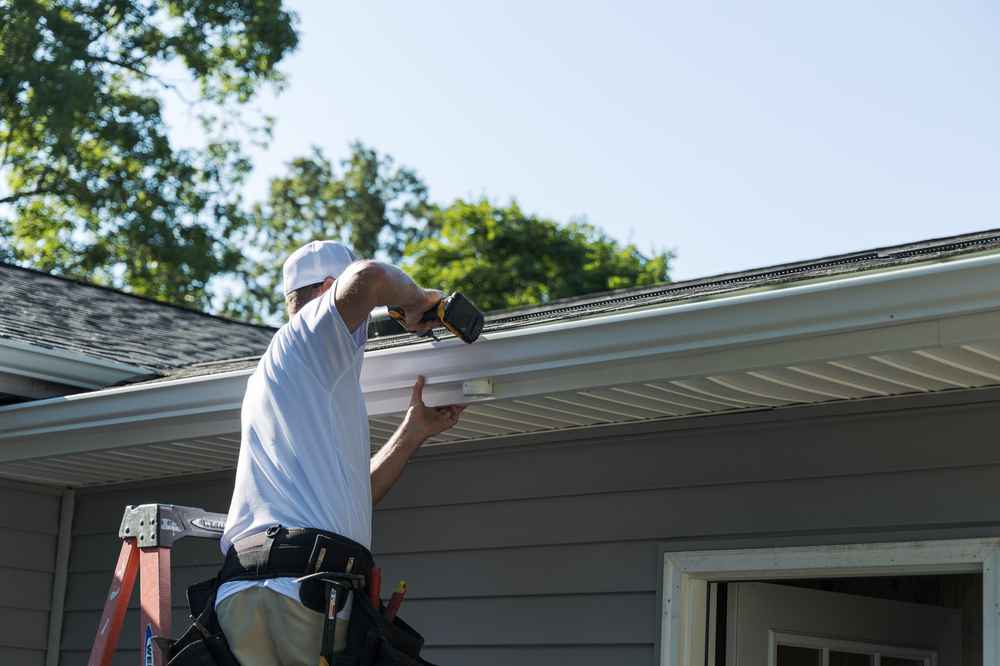A well-anchored floating dock ensures stability, safety, and longevity, regardless of water conditions. Choosing the right anchoring method depends on factors such as water depth, currents, and dock usage. Proper anchoring prevents your dock from drifting, tilting, or sustaining damage during storms. Here’s a guide to securing your floating dock effectively.
1. Piling Anchors – Best for Stability in Deep Water
Piling anchors are vertical posts driven into the lakebed, riverbed, or ocean floor. The dock moves up and down with the water while remaining securely attached to the pilings using sliding brackets. This method provides excellent stability and is ideal for deep waters or areas with strong currents. However, installation requires professional equipment and can be costly.
2. Deadweight Anchors – Ideal for Deeper or Moving Waters
Deadweight anchors, such as concrete blocks or heavy steel plates, hold the dock in place using thick chains or ropes. This method is particularly effective in deep water, where pilings aren’t an option. Deadweight anchors are simple to install, but they require sufficient weight to resist shifting due to waves or currents.
3. Stiff-Arm Anchors – Great for Small Lakes and Calm Waters
A stiff-arm anchor is a rigid metal or wooden arm that extends from the shore to the dock, keeping it secure while allowing some movement. This method works well in smaller, calm lakes but is less effective in areas with fluctuating water levels or strong winds.
4. Cable and Winch Systems – Perfect for Rivers and Tidal Areas
A cable and winch system connects the dock to the shore or an underwater anchor using adjustable cables. This allows the dock to rise and fall with changing water levels while remaining stable. It’s a great option for rivers, tidal waters, or locations prone to seasonal flooding.
Final Thoughts
Selecting the right anchoring method depends on your dock’s location and water conditions. Piling anchors provide maximum stability, deadweight anchors work in deep waters, stiff-arm anchors suit calm lakes, and cable systems allow flexibility in fluctuating water levels. Proper anchoring ensures your floating dock remains secure, extending its lifespan and usability.
This post was written by a professional at Supreme Marine Floating Docks. Supreme Marine Floating Docks is dedicated to providing top-quality floating dock services Ft Lauderdale and marine accessories that combine durability, innovation, and superior performance. While we are a new brand, our team brings over 50 years of combined industry experience, making us a trusted name in the marine world. We are passionate about designing and delivering products that meet the highest standards, ensuring reliability and longevity in all marine environments. Whether for residential, commercial, or recreational use, our docks are crafted with precision and care, setting a new benchmark in the industry. At Supreme Marine, we don’t just build docks—we create lasting solutions.





